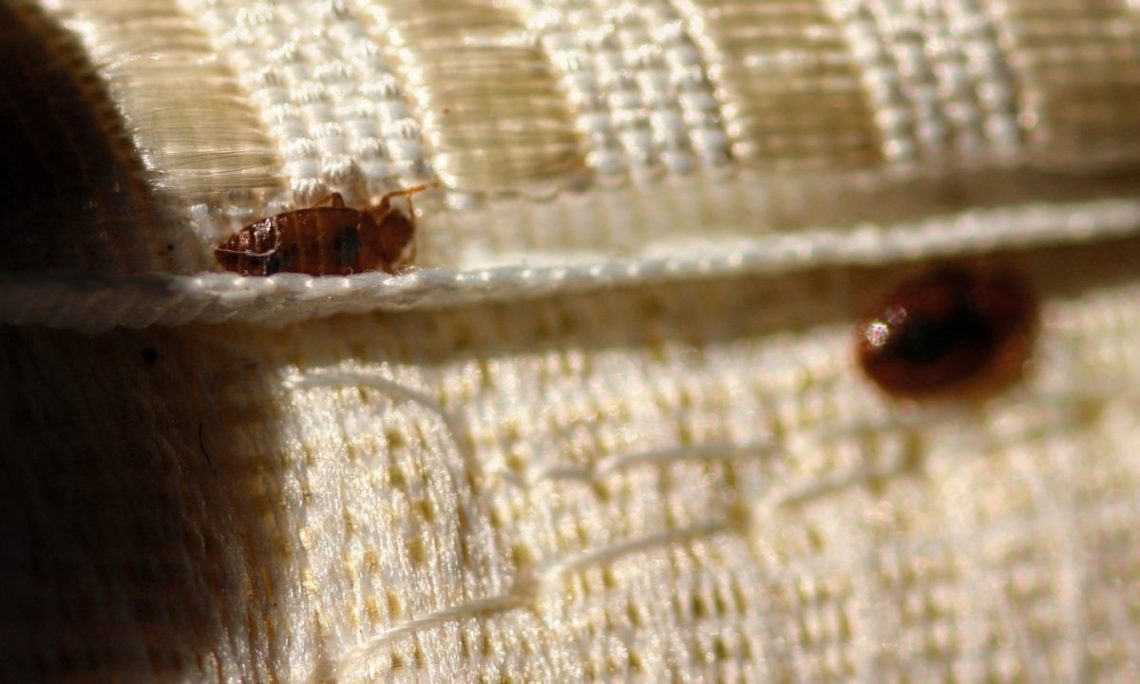Lori Ballen, the owner of this website, benefits from purchases made through her affiliate links.
As an Amazon Associate, I earn from qualifying purchases. Some links on this site are affiliate links. Portions of this content are generated by AI.
If you notice that your home is under a bee invasion, there’s no cause for alarm. There are simple steps you can follow to get rid of them. It is necessary to note that bees are already in a lot of trouble. Killing them, therefore, is never an option.
Personally, I’d leave it to the professionals.
Bees are some of the most beautiful and fascinating little insects on our planet. Asides the aesthetics, they also do a lot of good for our environment.
From being such active plant pollinators to producing the nutrient-rich honey, bees prove to be real friends of the earth. These facts, however, do not make a strong enough case for harboring them in your home.
Locate The Hive
In your quest to get rid of bees, you need first to answer a precise question: what is the primary cause of the problem? Mostly, bees visit a place frequently in large numbers only when they have built a hive there.

If this is the case, the rightful thing to do is first to locate the hive.
Locating a beehive shouldn’t be much of a hassle as bees can hardly do without making a buzz.
Things can be a little trickier, though, if the hive isn’t in the open. Wherever the colony is, there will always be a hole through which the bees go in and out.
Once you find the bees, it’s time to get rid of them. It is essential to note that there are different kinds of bees. Various types of bees behave and nest differently.
Carpenter bees, for example, generally nest inside the wood. Getting rid of this type might be difficult, especially if you don’t intend to dispose of the wood.
On the other hand, honey bees love to build hives in an open environment. Regardless of the type of bees, any of these options will be sufficiently effective in resolving the problem:
Move the Hive
As mentioned earlier, the most probable reason for a bee invasion is the presence of a hive. It is, therefore, very logical to attempt to relocate the hive.
This technique is most applicable when the beehive is on an easily disposable or moveable surface.
Take a tree branch, for example–a prevalent location where bees like to build their hives. The branch can be sawn off as carefully as possible and then moved a safe distance away from your home–and from anyone’s house, of course!
Be that as it may, relocating a hive may not be as easy as it seems. Bees quickly become aggressive when disturbed most slightly.

It is almost impossible to move a whole hive without unsettling them.
It is vital to wear protective clothing if you choose to go with this method. Since you don’t intend to do this often, you can make the suit yourself.
Relocating a beehive is always much more comfortable when it is smaller. Moving the hive should only be done when the hive is in its early stages of formation.
Apply Certain Strong-smelling Substances
One of the most prominent characteristics of bees is their extreme sense of smell.
This sense of smell is one of the reasons why they love flowers and perfumes. Though some certain scents attract bees, some others repel them.

Knowing the substances that give these repelling scents can be very helpful in getting rid of bees.
Garlic is a perfect example of such substances.
Bees may love their hives, but they will not tolerate the smell of good old garlic. If you spray a mixture of garlic crushed in water around their hive, it won’t take long before they abandon it.
A great alternative is cinnamon. If you do not have easy access to garlic, cinnamon will also get the job done.
Sprinkle it around the hive daily for 6-7 days, and the bees will relocate.
Mothballs and vinegar are also very useful in this department.
Smoke the Hive
This method is also an easy one that gets the job done quickly. To smoke a hive, all you need to do is burn something beneath or next to it.
The main aim is to get the smoke to reach the hive directly. Wood, paper, or any easily controlled fuel will be ideal in this situation.

Nighttime or the evening is the best time to embark on this.
Nighttime is best because bees are usually inactive around this time. The smoke from the fire upsets them but doesn’t necessarily harm them.
They break the hive and move somewhere else. There are, however, certain precautions to follow here too.
It will be wise to shut all entrances to your home before setting this fire.
After setting the fire, hurry and get back inside. Better still, have some protective wear on during the whole procedure.
Lure Them with A Trap
Bee traps are also an effective, inexpensive means of getting rid of bees. You can easily purchase one in any local store around you.
All you need to do is place the trap close to the hive. In no time, the bees will make their way into the trap.
How you handle the bees and relocate them after getting trapped might be a different ball game entirely, though.
At this point, you might need a professional to handle the situation.
And that point leads us to the final, most reliable option–employing a professional beekeeper
Get a Professional
Though we try to supply beneficial information here, following these steps might be quite tasking. Your best bet at a satisfactory result will always be to call a professional beekeeper.
It may cost you a bit more than the other approaches, but there are times when it is the best option.
Conclusion
One simple tip to always remember is to act calm every time you are close to a bee. It is the easiest way not to get stung. It will also be almost impossible to employ any of these methods if the bees are unduly upset.
In the case of recurrent bee invasions, there are certain plants that you could plant around your home to keep them away. Basil, lemongrass, rosemary, and many other ornamental flowers are few examples of such plants.
Whatever you do, stay safe and preserve the environment–keep the bees alive!
- 10 Best Cordless Vacuums for Pet Hair
 You can wade through the pages sorting through the details or read through our list of the best cordless vacuums for pet hair.
You can wade through the pages sorting through the details or read through our list of the best cordless vacuums for pet hair. - The Best Carpet for a Basement: 3 Factors to Consider
 Here are some factors to consider when choosing the best carpet for a basement.
Here are some factors to consider when choosing the best carpet for a basement. - What is the Best Home Water Filtration System?
 We’ve compiled a list of the best home water filtration systems so you can make an informed and smart decision for yourself and your family.
We’ve compiled a list of the best home water filtration systems so you can make an informed and smart decision for yourself and your family. - Can Cats Find Their Way Home
 There’s no question that cats are smart creatures — but can cats find their way home? According to some experts, the answer is yes.
There’s no question that cats are smart creatures — but can cats find their way home? According to some experts, the answer is yes. - Will Heat Treatment for Bed Bugs Damage My Home?
 In this blog post, we’ll discuss the pros and cons of heat treatment for bed bugs and help you decide if it’s the right solution for you.
In this blog post, we’ll discuss the pros and cons of heat treatment for bed bugs and help you decide if it’s the right solution for you.
As an Amazon Associate, I earn from qualifying purchases. Some links on this site are affiliate links. Portions of this content are generated by AI.




